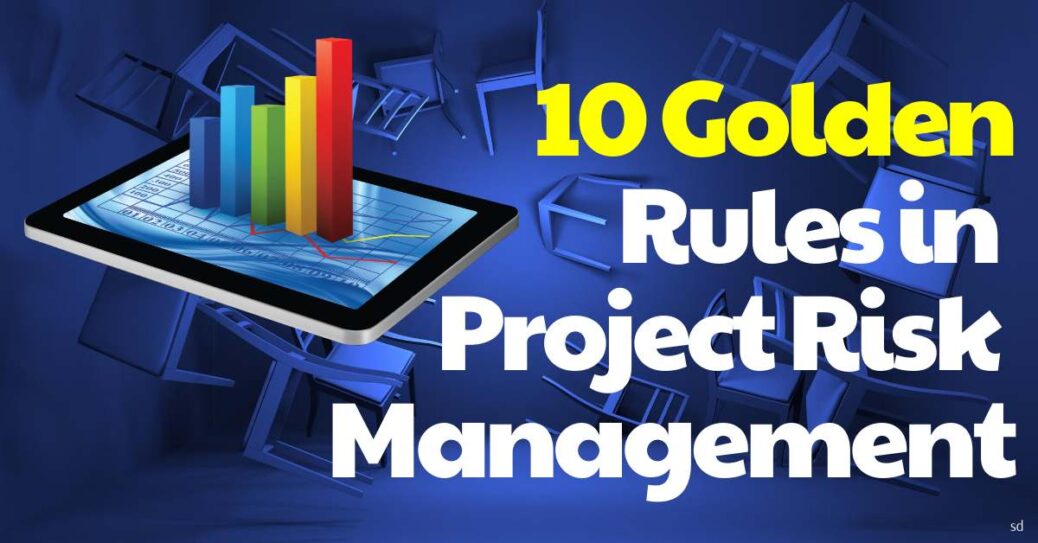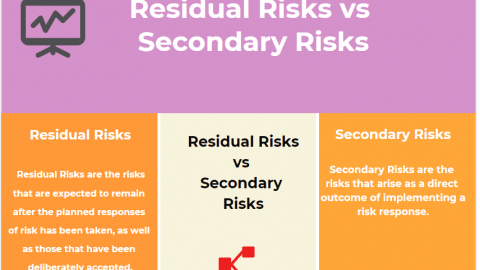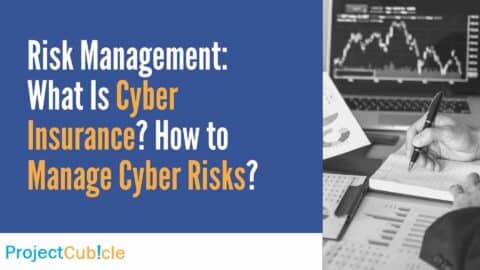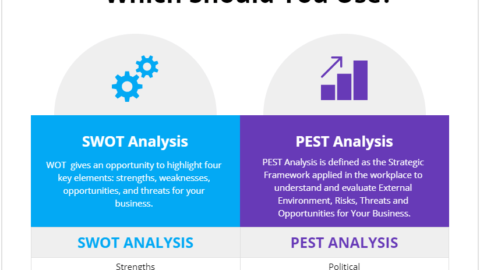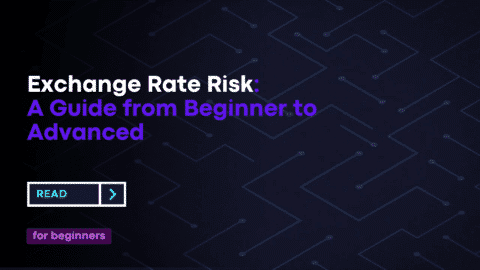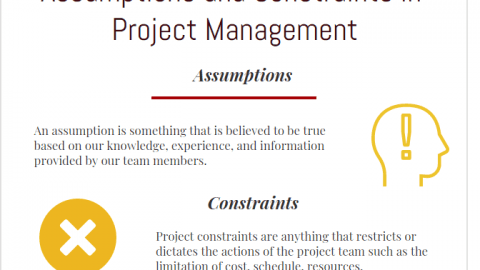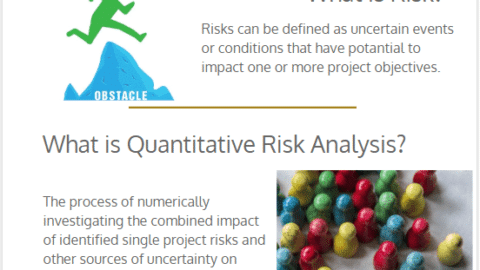10 Golden Rules in Project Risk Management
The benefits of risk management to projects are enormous. If you follow a proactive path in uncertain project results and phenomena, you can gain a lot. Thus, the effects of project threats are minimized in the outputs. You get the opportunities that come in and you don’t lose them. This allows you to provide results on time, in the budget within the plan, and in the quality your sponsor wants. This article gives you 10 golden rules for successfully implementing risk management into your projects.
Table of Contents
1. Implement Risk Management Processes in Your Project
Rule number one is one of the main rules in project risk management. If you do not fully incorporate risk management into your projects, you will not be able to fully benefit from this approach. You may encounter flawed and incomplete risk management approaches in organizations. Such organizations may either be uninformed or think that there is little risk in their projects about the subject of the projects in operation. Some people blindly believe in project managers!
Especially if the project manager is very worn out. Professional companies even add risk management to their day-to-day operations. And this part includes project meetings on this subject and training of employees.
2. Identify Your Risks Before You Start Your Project
The first rule in project risk management is to identify the risks that may occur in your project. This requires a wide horizon to focus on future scenarios in your project. There are 2 main sources for identifying risks: people and reports. Each of the people in your team members brings you personal experience and skills. They reveal some hidden booby traps you encounter or some important opportunities worth gold that you don’t think about. Mutual interviews and brainstorming meetings about risk are the most common methods of exploring your risks.
Reports are another story. They are documents created by electronic documents containing project risks and related to the project. Project plans, business cases, and resource planning are good starters for them. Another category is legacy project plans, your company’s in-house networks, and private websites.
3. Stay in Touch With Each Other About Risks
Unsuccessful projects show very well that project managers are unaware of the big blow coming towards them in these projects. In a frightening finding, one of the project organizations sees this blow. However, this person does not inform the project manager about the issue until this coup has taken place. If you don’t want these things to happen in your projects, you should pay close attention to risk communication.
This communication must be continuous in every task in force for permanent and continuous risk communication. If you are having a project team meeting, bring up your project risks here. This indicates that risks are very important for project managers. Provide your project team with an environment to discuss these risks.
Another important issue related to risk communication is communication with the project manager and project sponsor. Your sponsor may make some high-risk decisions. Be aware of these and keep in touch with the sponsor and customer.
4. Assess Opportunities and Threats
Project risks can have some negative effects on you. They can damage your project. However, the modern risk approach also focuses on positive risks. These are project opportunities. These happen without prior determination and benefit your project. Your project becomes faster, better, and more profitable.
Unfortunately, many project teams strive to cross the finish line and put too much work into themselves to finish quickly. This may lead to some of the risks in your project. Be sure to save yourself time to deal with the opportunities in your project. This time could even be half an hour!
5. Risk Management Game
Some project managers may think you’ve created a one-time risk list. But this is a starting point. The next step is to create a list of who will be responsible for what risks. The game is simple: Assign every risk you find to someone who will be responsible for it. The effect of this is positive. Being responsible for a risk that was initially specific can make them nervous. But as time passes, individuals perform their duties and reduce risks, improve opportunities and perform project tasks.
6. Index Risks in Order of Importance
According to a project manager, all risks are equal. Thinking like that makes your project life cycle very simple. However, with this in mind, you cannot deliver good results related to your project. Some risks have more impact than others. Therefore, you should not spend more time on risks that can lead to a large loss of earnings.
First, you should check if there is anything to derail your project. If there is, it’s your #1 priority. You can prioritize your other risks by relying on your instinctive emotions.
7. Risk Analysis
To combat your risks well, you need to understand their conditions well. So take some time to take a closer look at your risks and don’t judge without understanding your risks.
Risk analysis takes place at different stages. If you want to understand your risks on a personal level, it is very efficient and profitable to understand the effects of these risks and the issues caused by them. You can describe the effect after the risk has occurred by looking at the effects. Over-detailed analysis can have negative effects on your project, such as cost, delay, or product quality. Another way to look at the risks is to focus on the root of the event to prevent risk and risk causes.
Another level of risk analysis is to examine the whole project and conduct detailed research on the project. Each project manager needs answers to general questions about the total budget requirement or the project’s expiration date.
8. Plan and Implement Your Risk Responses for the Risk Management
Implementing the risk response and response system is an activity that adds value to your project. This prevents emerging threats and minimizes the negative impact of threats. Other rules help you draw a map for your risks, create a sequence of importance, and understand the risks. This rule allows you to focus on big gains by creating a risk response plan.
If you’ve overcome threats, you have 3 options, such as risk aversion, risk reduction, and risk acceptance. It means organizing your risk avoidance project so that it doesn’t face any risk.
9. Record Your Project Risks
Keeping risk logs up to date allows you to better observe the process and make sure you don’t forget the risks. Informing your project team and stakeholders about what is going on in your project keeps communication up to date and the risks are minimized.
10. Track Risks and Related Tasks
The risk records you keep help you track and observe risks and the tasks that are affected by risks. Monitoring tasks for each project manager is a daily operation. Integrating relevant tasks into your risk-related daily routines is the simplest solution.
Risk monitoring tasks are different from the control and monitoring actions we know. To monitor risk, it is necessary to focus on the current state of risks. What risk is more likely to occur? Answering this question helps you pay attention to the most possible risk. In this way, your project value and chances of success are increased.
For further reading, you can visit Northeastern’s website.

I have a degree in chemical and bioprocess engineering and am now a project manager at Hera Healthcare, and I also have a clothing brand that I co-founded and I am an amateur artist. I have a huge obsession with art history (especially renaissance, baroque and rococo) and I think life imitates art!

